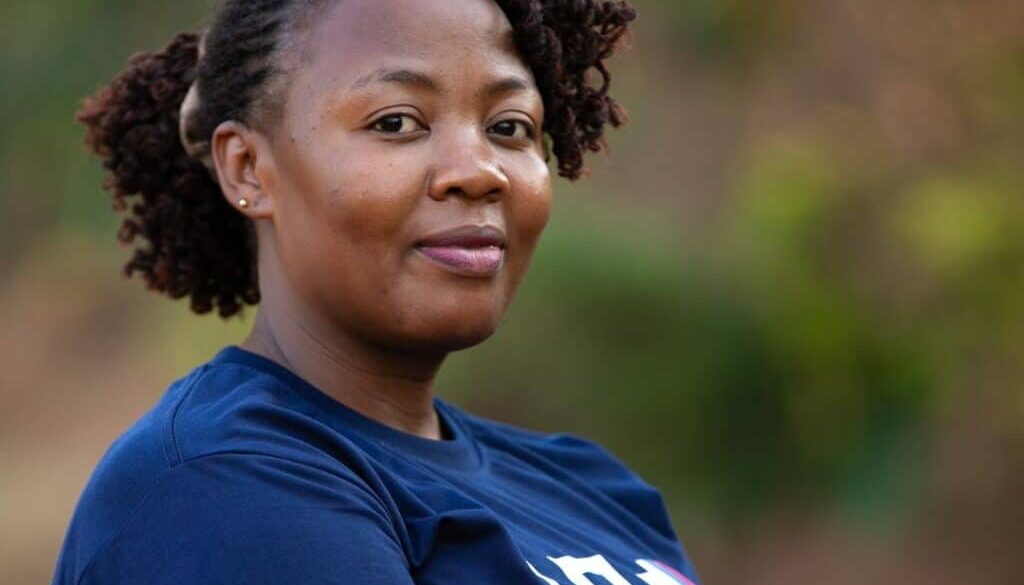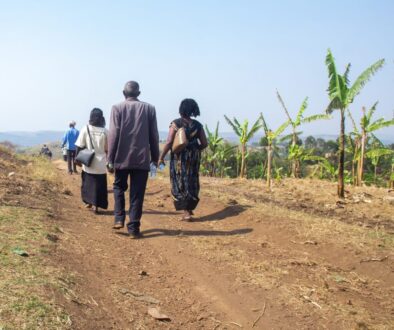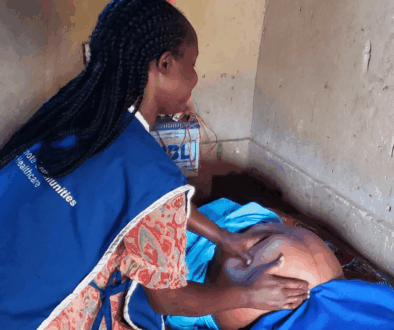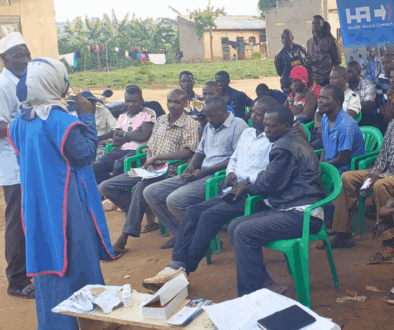From Barriers to Breakthroughs: Joyce’s Journey in Expanding Family Planning in Uganda’s Remote Communities
“When you see men calling to request vasectomy services… that’s when you know real change is happening.” — Joyce Namasinga, Midwife and Family Planning Coordinator at HAC
A Calling Rooted in Care
For Joyce, joining Health Access Connect’s family planning project wasn’t just a job but a return to purpose. As a trained midwife and midwifery tutor with deep roots in Uganda’s Central Region, she had witnessed the consequences of unmet reproductive health needs. High fertility rates, poor maternal health, and limited access to family planning options weren’t just statistics; they were her daily reality.
“When I joined HAC,” Joyce reflects, “it felt like a natural continuation of everything I had already committed my life to. But this time, I was part of a system working to transform not just individuals but entire communities.”
For the past 3 years, Joyce Namasinga has diligently led the Health Access Connect Family Planning team as the Family Planning Coordinator and Trainer under the Treat and Teach Family Planning Project, funded by the Berstrom Foundation.
The Early Hurdles
From the outset, Joyce and her team faced deep-seated barriers: fears of side effects, cultural myths, limited male involvement, and frequent stockouts of contraceptives. But the solution was never one-size-fits-all.
“We didn’t come in with answers. We came in ready to listen,” she says.
Through consistent community dialogues, collaboration with district leaders, and capacity-building of health workers, Joyce helped shift perspectives one conversation at a time.
“Trust is earned slowly,” she adds. “And in these communities, trust is everything.”
A Community in Transition
Over time, change began to take root. More women opted for long-acting and permanent methods. Men started showing up not as gatekeepers, but as supporters. Couples began making informed decisions together.
“I’ll never forget the couple who came in for a vasectomy for the man, BTL for the woman. They kept it secret from us until afterwards, fearing we might object. But instead, we celebrated their courage.”
For Joyce, these moments prove the power of informed choice.
“You see a family with ten children, now happy and secure, and you know your work matters.”
A Broader Vision for Health
With the integration of maternal and child health services into HAC’s monthly outreach model, Joyce believes the future of healthcare delivery is evolving.
“It’s more than just family planning now. We’re delivering ANC, immunisations, lab testing, and treatment all at once. It’s efficient, lifesaving, and exactly what these communities need.”
Village Health Teams (VHTs) play a pivotal role.
“They are our backbone in the field. They refer, mobilise, and keep the conversation going even when we’re not there. And youth and men, once excluded, are now central to the dialogue.”
What Drives Her
When the work gets hard, Joyce leans on her purpose.
“I think about that one woman who needed us. That youth who walked miles for information. That man who finally said, ‘I’m ready.’ That’s what keeps me going.”
Her dream? A Uganda where family planning is universal and normalised. Where stockouts are history. Where health services are integrated, inclusive, and community-led. And where every family, no matter how remote, has the power to choose.
A Message to Policymakers and Donors
“Please invest in the people,” Joyce urges. “Support the systems that are already working. Prioritise community mobilisation, commodity security, and consistent health worker training. That’s how we turn access into impact.”
Joyce’s story is more than a personal journey; it’s a reflection of a movement. One where barriers are being broken, myths are being replaced with facts, and remote Ugandan communities are rewriting their health stories on their terms.



